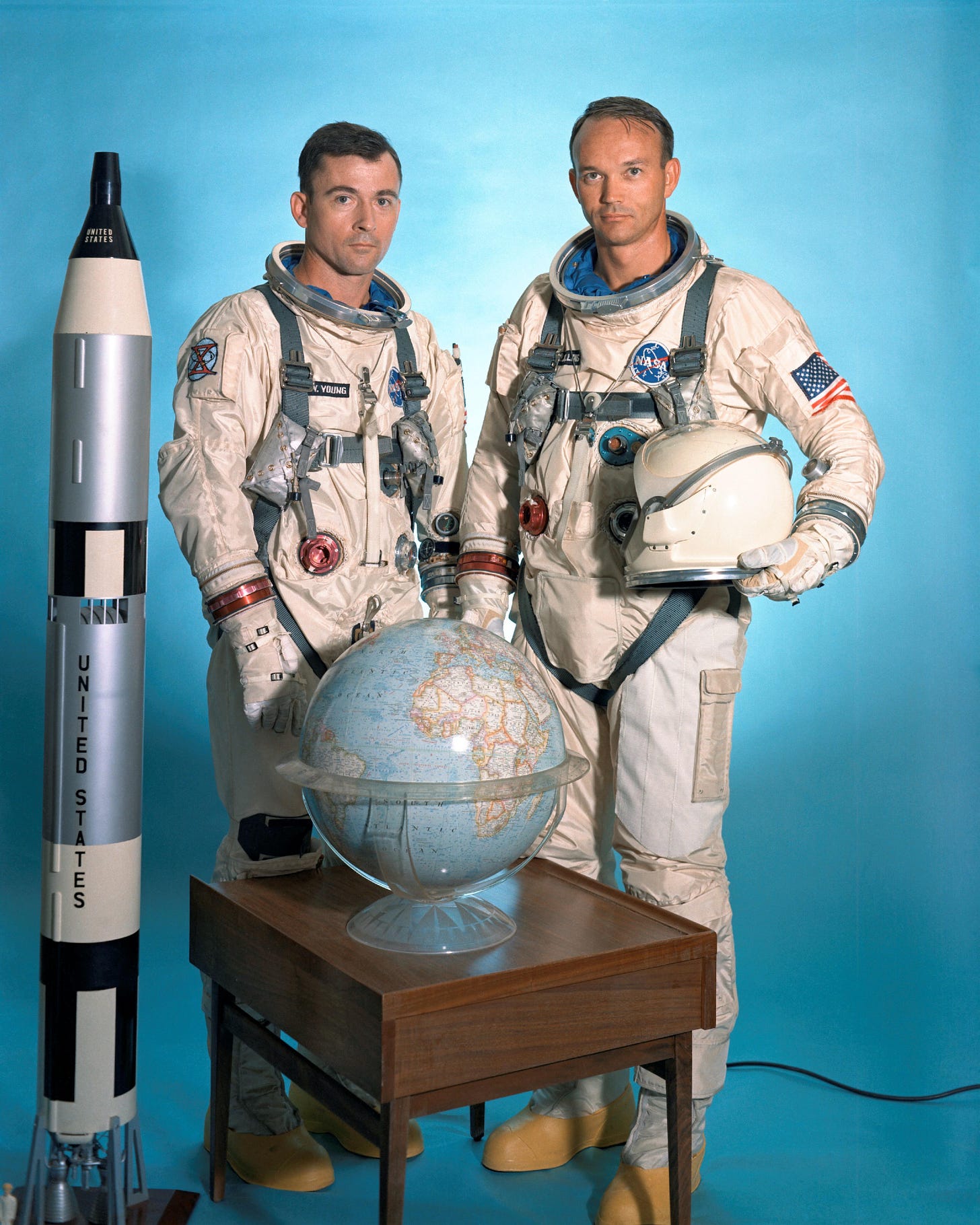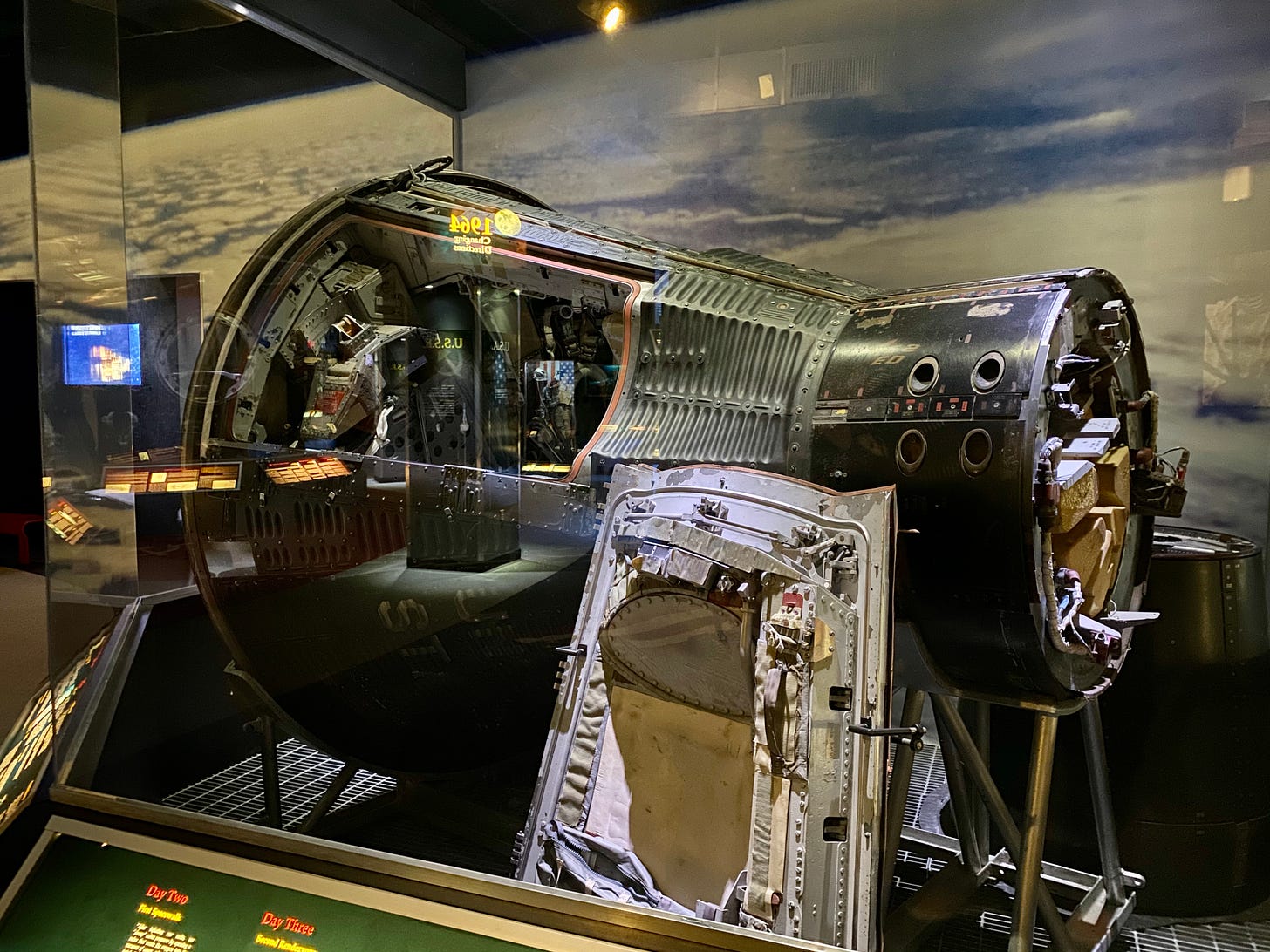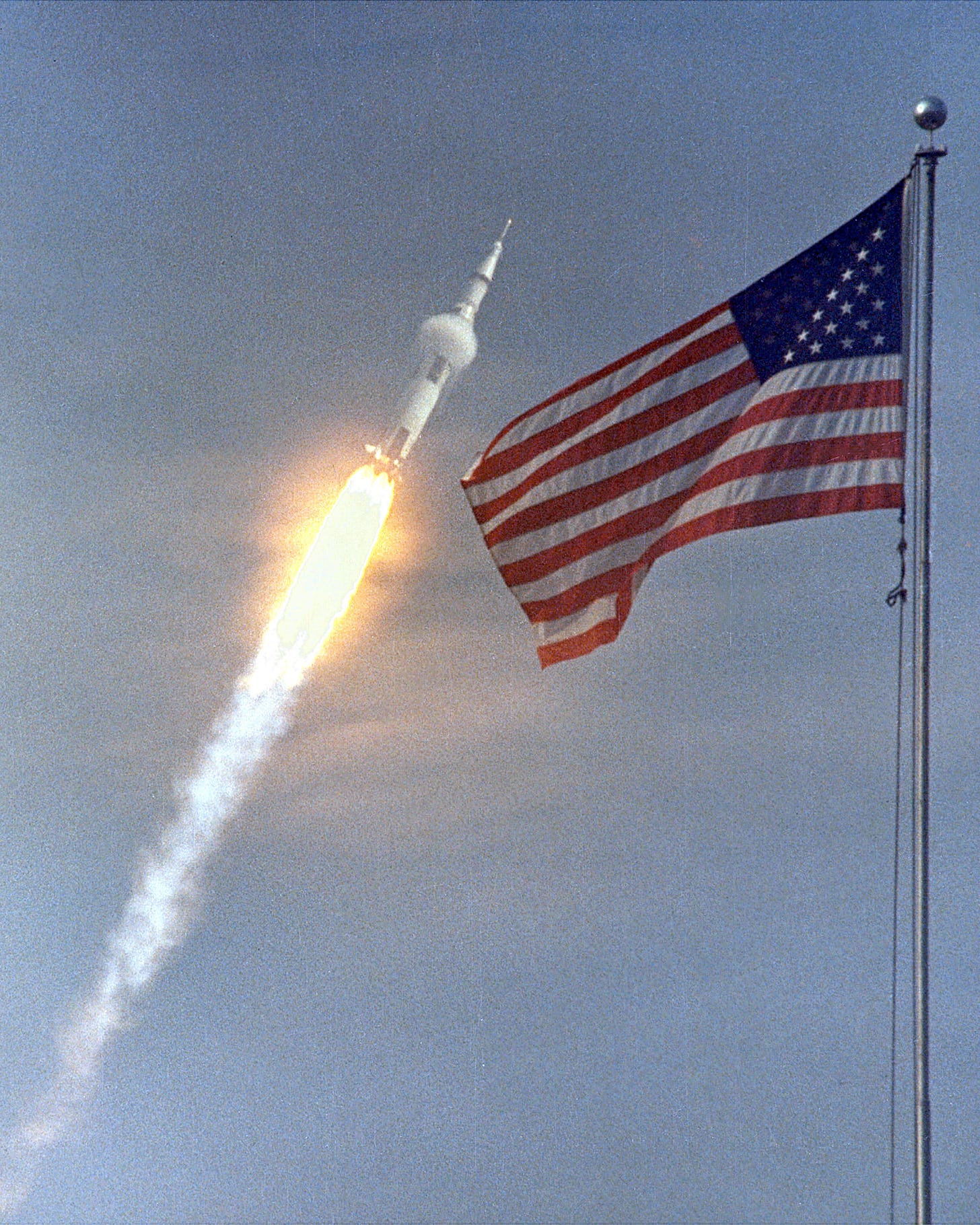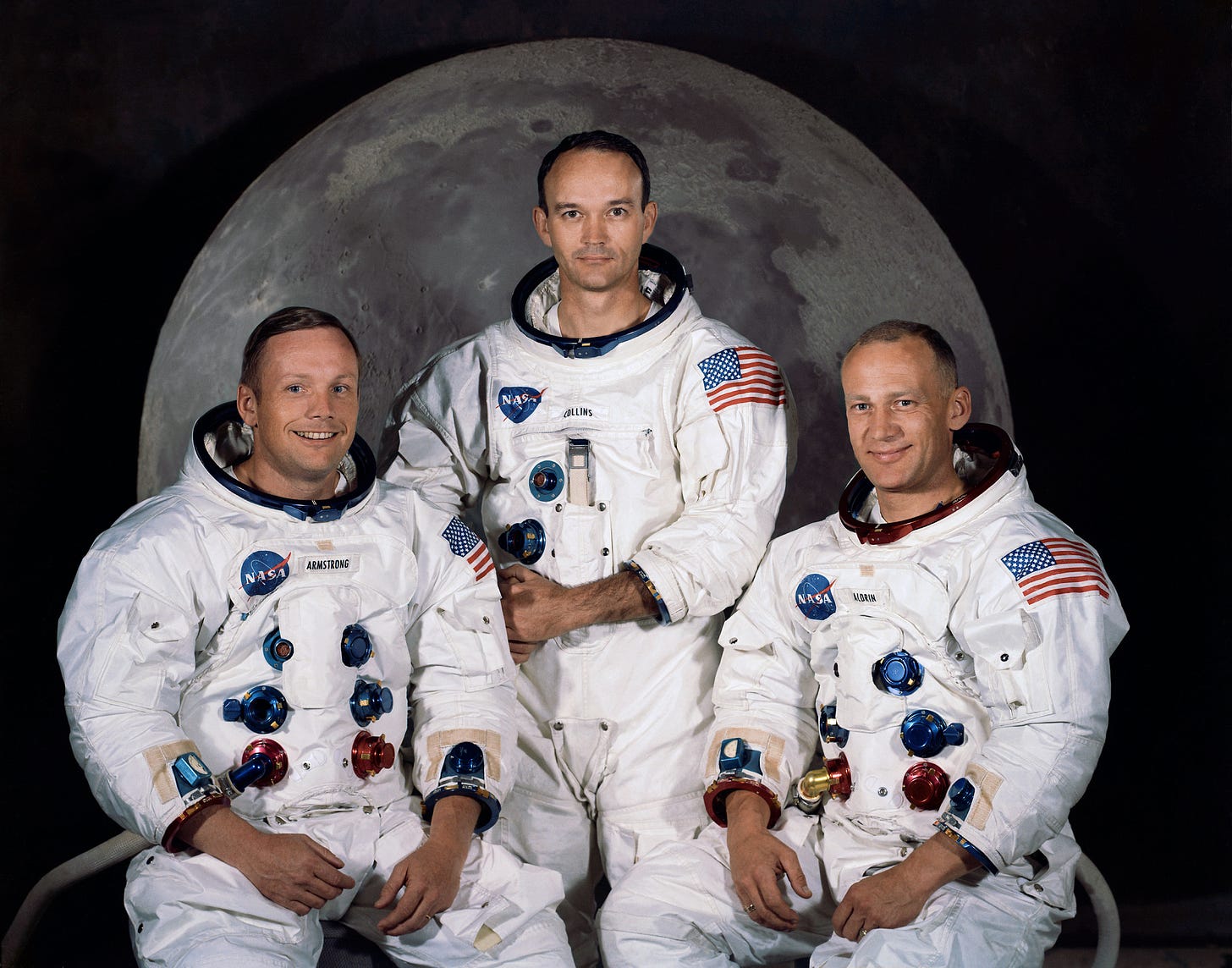First up, today is the launch anniversary of Gemini X
Gemini X launched on July 18, 1966, from Launch Complex 19 at Cape Canaveral. Astronaut John Young was the command pilot for Gemini X, and Michael Collins was the pilot. They are seen here in the NASA crew portrait for Gemini X. (Crew portrait goals 👌🧑🚀🧑🚀👌)
Young and Collins set several records during Gemini X. They used the Agena propulsion system to boost the orbit of Gemini X to a record 475 miles. The crew then lowered their orbit, back to the altitude of the Gemini VIII Agena that had launched just months earlier. Rendezvousing with two separate Agena's was no small feat.
The next record was just as crucial to NASA. Collins performed two Extravehicular Activities (EVA) during the mission. The first required Collins to use a “70-mm camera to photograph stars in ultraviolet light. This was important because imaging stars in the ultraviolet spectrum is only possible outside the Earth’s atmosphere. For 49 minutes he took 22 images of the southern Milky Way.”
Collins’s second EVA had him move from the Gemini X spacecraft to the second Agena that they had rendezvoused with. Collins found the lack of handrails and foot restraints just as frustrating as fellow Gemini astronaut, Gene Cernan, had during his mission.
Eventually, Collins was able to retrieve an experiment from the Agena and return to Gemini X. However, he lost track of his Hasselblad camera during this movement. NASA notes that “To date, this is the only spacewalk not captured with photographs.”
Gemini X is on display at the Cosmosphere in Hutchinson, KS. It's one of my favorite spacecraft to see up close! They also have the suit that Michael Collins wore during this mission. I wish the detail would be clearer in these Facebook pics, it's something you need to see up close.
We choose to go to the Moon-
At 9:32 a.m. EDT on July 16th, 1969, a Saturn V rocket carrying three American astronauts set off on a journey to land on the surface of the Moon. Apollo 11 was on its way to the Moon.
Neil Armstrong, Buzz Aldrin, and Michael Collins were on their way to the Moon, riding nearly 7.6 million pounds of thrust from the first stage of the Saturn V.
The Apollo 11 astronauts spent thousands of hours in simulators and test vehicles in the years and months leading up to their mission.
The combined effort of a nation- over 400,000 NASA personnel and contractors sent three humans to the Moon.
All of that preparation went into a mission that lasted eight days, 3 hours, 18 minutes, and 35 seconds. Apollo 11 may have been short, but it’s one of the most important historical events in human history.
Be sure to watch for another email on July 20th as we celebrate the 52nd anniversary of Apollo 11 landing on the Moon. July 20th should also be one for the books, as Blue Origin becomes the second company to launch private astronauts to space. Congratulations to Virgin Galactic on their recent launch as well, the coming decade is going to be absolutely incredible for spaceflight and exploration!
Pictures- NASA
Gemini X and suit pictures- John Mulnix









